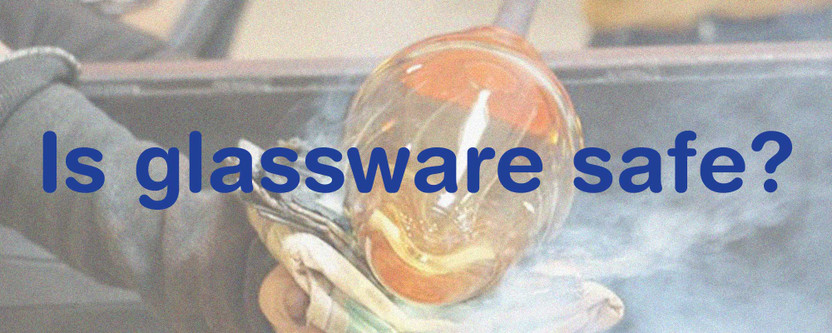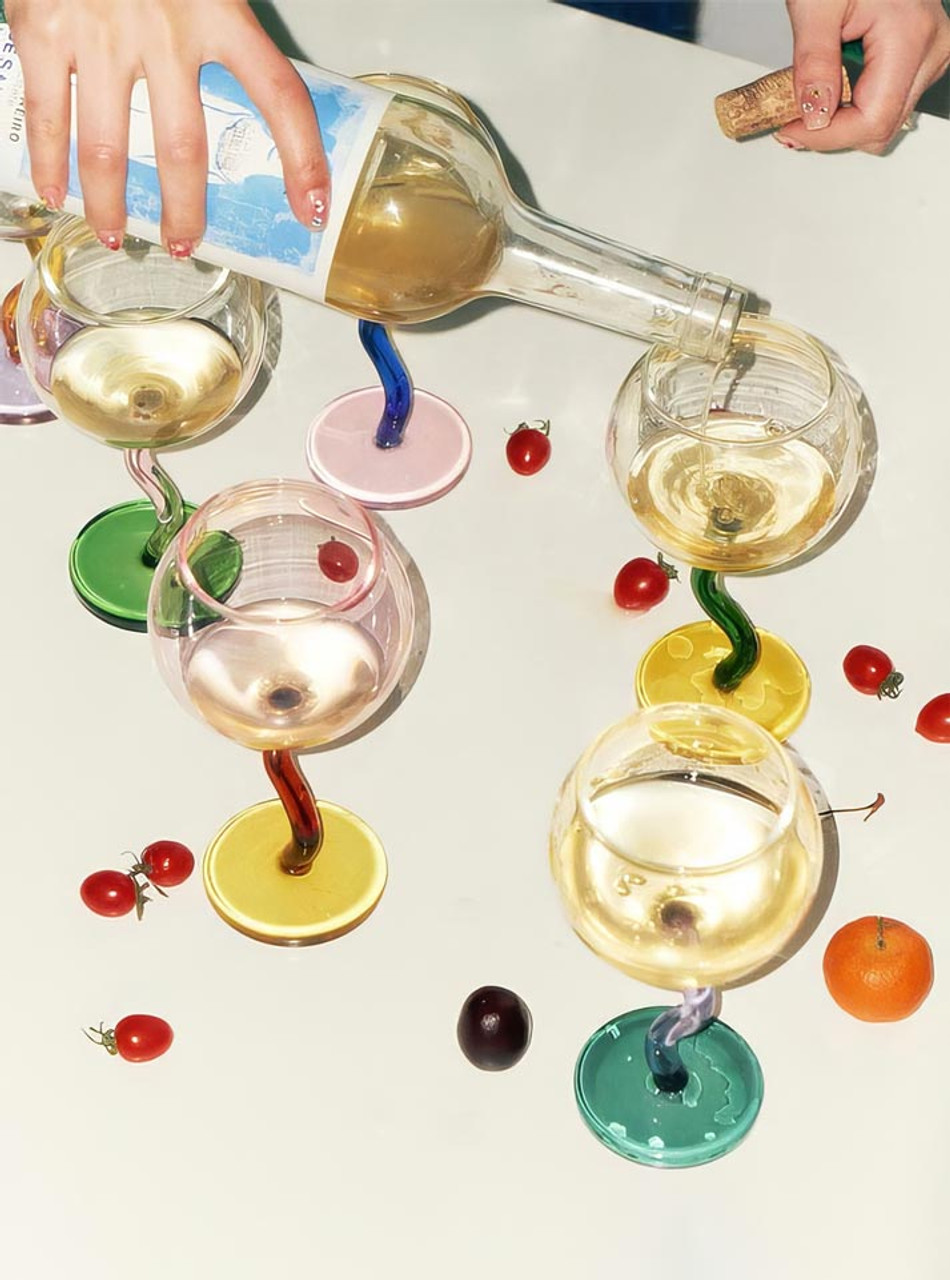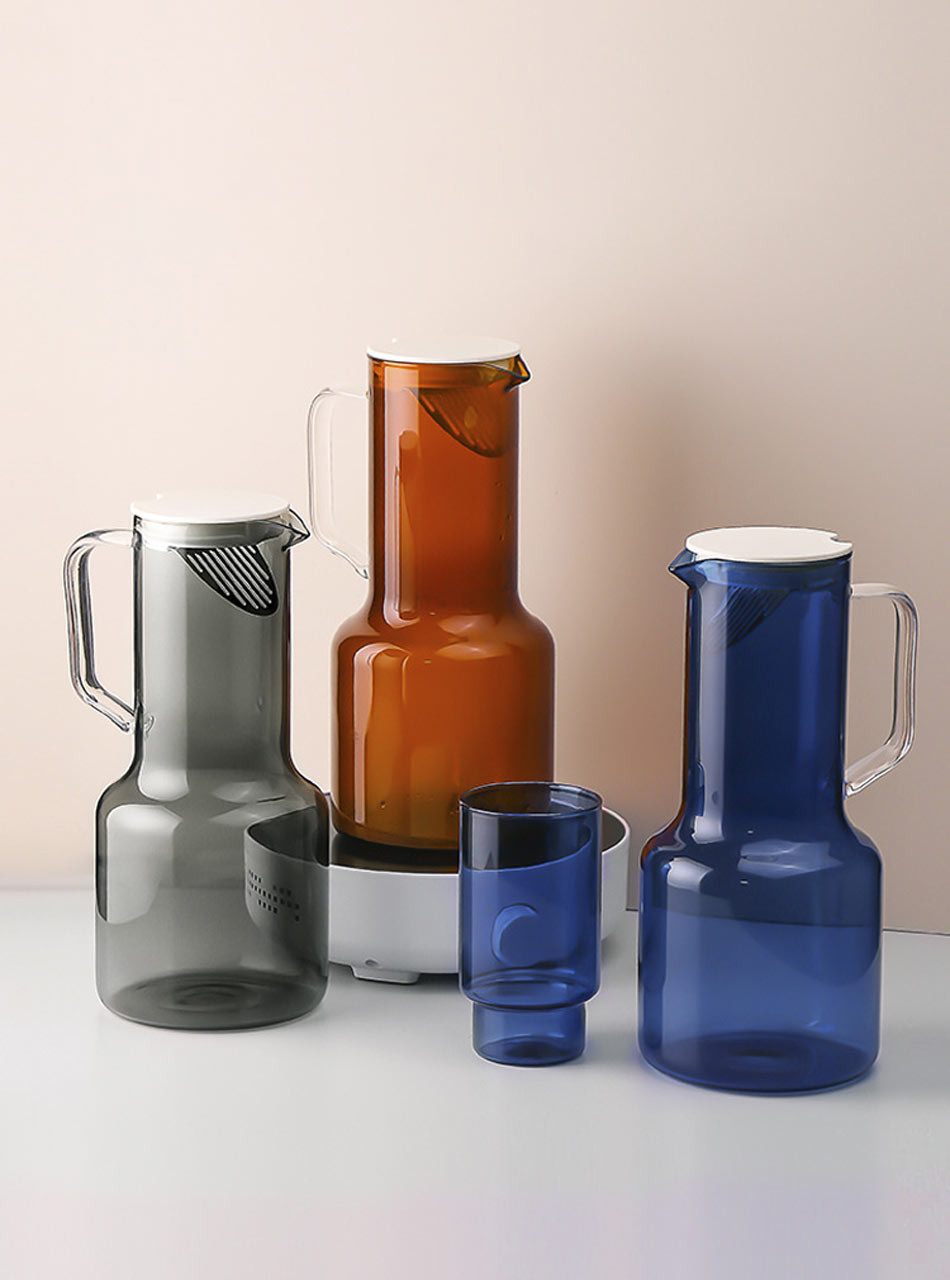How can you tell if a beautiful glass is safe to use?
Posted by TUTU HOME on 2nd Apr 2024
TUTU’s Weekly Tips---Is glassware safe?
I believe people are fond of discovering beautiful items, and glass cups are no exception. While strolling through the dazzling array of shops, especially those selling vintage goods, you might be drawn to a particularly colourful vintage glass goblet. This unique wine glass could become the new favorite in your home bar or a topic of discussion during weekend cocktail gatherings with friends. However, this beautiful vintage glassware could be an old-fashioned glass cup, harboring hidden risks beneath its delicate and elegant appearance. Of course, the cup you fancy might also be one of the mainstream contemporary glass drinkware options we recommend today, made from safer materials like high borosilicate glass.
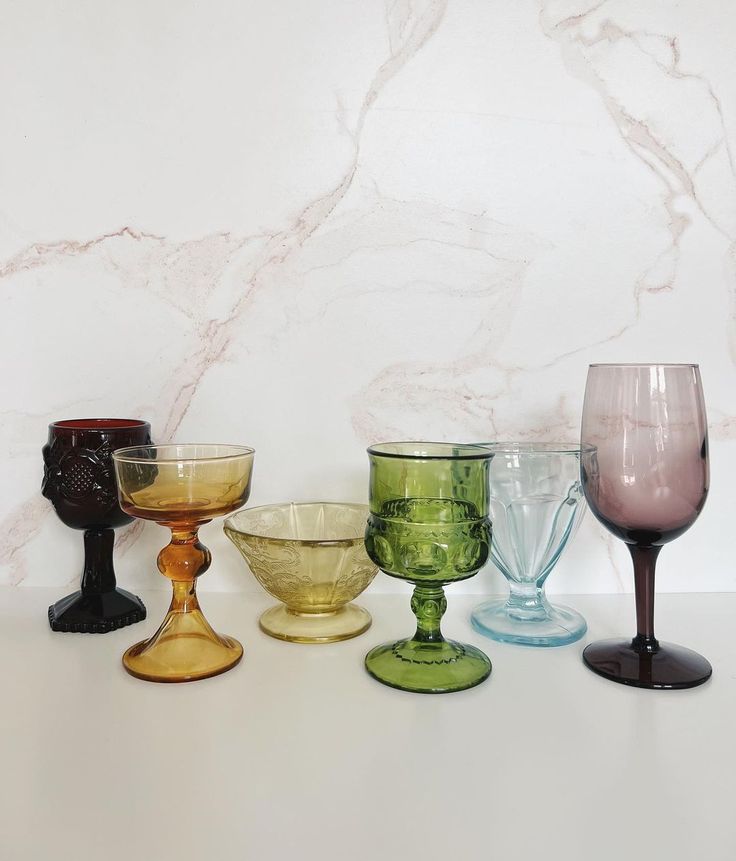
@homestretchinteriors, ins
While glassware may indeed be beautiful, whether it's a coloured glass tumbler or crystal-clear stemware. However, the old-fashioned methods of glassmaking are not as meticulous and professional as they are today. We often raise a question: Is this glass cup lead-free and non-toxic? While most modern glassware manufactured for drinking purposes is lead-free, as ordinary individuals, we can still learn some practical methods to judge the safety of the glass cups we come across in our daily lives. Today, we have gathered 5 methods, hoping to provide you with some insights.
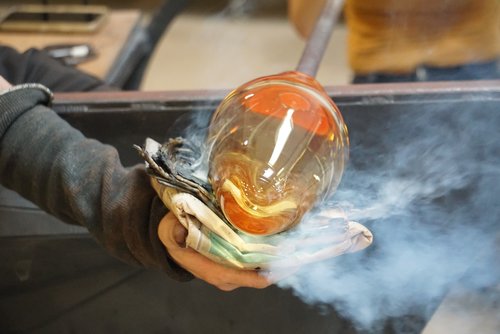
Modern Glass blowing process
Typically, we refer to glass containing lead as Lead Crystal, also commonly known as crystal glass. Crystal glass cups are exceptionally elegant and charming due to their sparkling clarity, often appearing in the past as decanters, red and white wine glasses, and champagne stemwares.
The following methods for determining whether a glass cup is Lead Crystal are applicable to your daily life. While they cannot guarantee 100% accuracy, they can certainly be helpful to you.
1. Tap the Glass
One of the simplest and most direct methods to identify lead crystal glass is by gently tapping the glass body. You can use your fingertip to lightly flick the glass; if it's crystal glass, it will produce a clear, ringing sound, whereas ordinary glass will produce a dull sound. Additionally, you can use the handle of a metal utensil like a fork or the handle of a metal knife to tap the glass.
Generally, when tapping ordinary glass cups, the sound produced is short-lived and not very sharp. In contrast, lead crystal cups produce a sustained and resonant sound when struck by metal utensils. Have you noticed in movies how the elite of the past would produce a particularly loud sound when clinking glasses at parties? That sound often came from lead crystal cups.
2. Carefully Look for a Prism Effect
By carefully observing the glass under sunlight, you can check for the occurrence of a prism effect. Hold the glass up to the sunlight and observe whether it creates a rainbow effect. If you see a "rainbow" through the glass, it may indicate that it is a lead crystal glass cup.
3. Touch the Cut Edge of the Glass
Different materials have varying levels of sharpness when cut. You can observe the edge of the glass cup and feel the decorated cut edges with your hand. If the edges do not feel very sharp or pointed, there is a high possibility that it is lead crystal.
4. Compare the Weight
Compare the glass cup in question with a borosilicate glass cup or a regular glass vessel that you commonly use. Simply hold them in your hand and compare their weights. Lead Crystal glass cups containing lead oxide generally tend to be heavier than regular glass cups and not as lightweight or thin as borosilicate glass cups.
5. Identify by Observing Clarity
Similarly, use a regular glass cup for comparison. Pour the same liquid (water works fine) halfway into the regular glass vessel and pour the remaining half into the glass cup you want to identify. Pick up the cups and observe whether the water in the glass cup appears clearer or more translucent compared to the water in the regular glass vessel. If the water in the cup appears clearer and less blurry, it may indicate that it is made of lead crystal glass because high lead content in crystal glass provides a clearer view of the liquid.
The above are five methods collected by TUTU that can be used at home to determine whether the glass cups found outside are safe to use. We hope they can provide you with some insights. TUTU will continue to share good advice on home living with you, so stay tuned for our Weekly Tips.
We've recently introduced some high-quality and exceptionally beautiful borosilicate glassware. Come visit our store and take a look!

